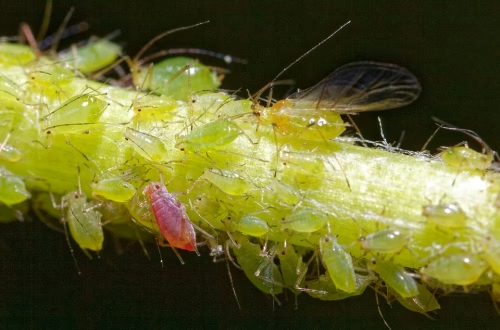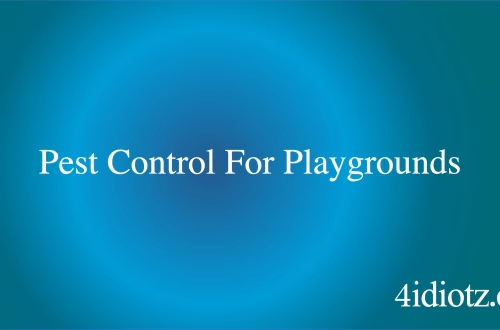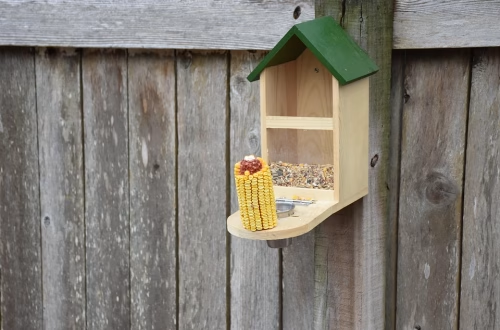Summary:
Attic insulation pest removal is a critical aspect of home maintenance that protects your property from structural damage, health hazards, and energy inefficiency. Pests like rodents, bats, and insects often nest in attic insulation, leading to contamination, electrical hazards, and reduced insulation effectiveness. Federal and state laws regulate the humane removal of certain wildlife, making professional intervention essential. Homeowners, landlords, and property managers must address infestations promptly to avoid costly repairs and health risks. Understanding pest behavior, removal methods, and prevention techniques ensures long-term protection for your home and family.
What This Means for You:
- Health & Safety: Pest infestations can spread diseases like hantavirus and trigger allergies—schedule inspections if you notice droppings or strange noises.
- Energy Efficiency: Damaged insulation increases heating/cooling costs—replace contaminated insulation after pest removal.
- Legal Compliance: Some pests (e.g., bats) are protected by law; improper removal can result in fines—always hire licensed professionals.
- Future Risk: Delaying treatment allows infestations to grow, leading to pricier repairs—act at the first sign of pests.
Attic Insulation Pest Removal: A Complete Guide
”Attic Insulation Pest Removal” Explained:
Attic insulation pest removal involves identifying, eliminating, and preventing pests that infest or damage insulation materials in attics. Common culprits include rodents (mice, rats), bats, squirrels, birds, and insects like termites or cockroaches. These pests nest in insulation, compromising its R-value (thermal resistance) and creating fire hazards by chewing wires. The process typically includes inspection, humane pest removal, decontamination, and reinsulation to restore energy efficiency and safety.
Professional services follow Integrated Pest Management (IPM) principles, combining exclusion techniques, traps, and eco-friendly treatments. Laws like the Endangered Species Act and state wildlife regulations may restrict removal methods for protected species, emphasizing the need for expert intervention.
Types of Pest Issues:
Rodents are the most pervasive attic pests, nesting in fiberglass or cellulose insulation and leaving behind urine-soaked debris. Bats, though ecologically beneficial, risk transmitting rabies and histoplasmosis through guano. In warmer states like Florida or Texas, invasive species like Formosan termites destroy insulation and wooden structures. Birds (e.g., pigeons) block vents with nests, causing moisture buildup and mold.
Federal laws, such as the Migratory Bird Treaty Act, prohibit disturbing active nests, while state laws (e.g., California’s Nuisance Wildlife Regulations) require permits for trapping certain animals. Insects like powderpost beetles or carpenter ants also tunnel through insulation, often requiring fumigation or heat treatments.
Common Pest Control Methods:
Exclusion is the gold standard: sealing entry points with steel mesh or foam prevents re-infestation. For rodents, snap traps or bait stations are used cautiously to avoid poisoning non-target animals. Bat removal involves installing one-way exits post-mating season. Insecticides or desiccant dusts (e.g., diatomaceous earth) tackle insects without harming insulation.
Success stories include combining attic sanitization with cellulose insulation replacement, which deters pests due to its borate treatment. Ultrasonic repellents, however, are often ineffective—proven strategies like habitat modification (trimming tree branches near roofs) yield better results.
Risks and Consequences:
Ignoring pests leads to insulation compaction, slashing its R-value by up to 50% and spiking energy bills. Rodent urine corrodes HVAC ducts, while chewed wires pose fire risks (20% of unexplained fires are pest-related). Health-wise, bat guano harbors fungal spores causing respiratory issues, and rodent droppings spread salmonella.
Long-term neglect invites secondary infestations; for example, cockroaches feed on rodent waste. Homeowners may also face code violations if infestations violate local health ordinances, complicating property sales.
Choosing a Pest Control Service:
Select a provider with attic-specific expertise—general exterminators may lack insulation knowledge. Key factors include:
- Licensing (verify state requirements) and insurance for damage coverage.
- IPM certification, indicating eco-conscious methods.
- Post-removal services like insulation replacement and sanitization.
- Reviews highlighting attic pest experience (e.g., handling raccoons in Pacific Northwest homes).
Ask for warranties and avoid companies pushing unnecessary whole-house fumigation for localized issues.
People Also Ask About:
- “Can I remove attic pests myself?” DIY traps may work for minor rodent issues, but improper handling risks disease exposure or legal violations (e.g., disturbing protected bats). Professionals ensure safe, compliant removal.
- “How much does attic pest removal cost?” Prices range from $200–$1,500, depending on infestation severity and insulation damage. Rodents are cheaper to remove than bats, which require exclusion devices.
- “Does homeowners insurance cover pest damage?” Most policies exclude infestations but may cover sudden damage (e.g., chewed wires causing a fire).
- “How do I pest-proof my attic insulation?” Use pest-resistant materials like spray foam or borate-treated cellulose, and seal gaps wider than ¼ inch.
- “What are signs of pests in attic insulation?” Scratching noises, droppings, grease marks on beams, foul odors, or visible nest materials.
Expert Opinion:
Attic pest infestations are rising due to urban sprawl and climate shifts pushing wildlife into homes. Prioritize exclusion over reactive treatments—once pests enter, they reproduce rapidly. Modern insulation materials now integrate pest deterrents, but regular inspections remain critical. Avoid mothballs or ammonia “remedies”; these are ineffective and hazardous. Always address moisture issues first, as damp insulation attracts pests.
Related Key Terms:
- Rodent-proof attic insulation California
- Bat removal and attic cleanup services
- Best pest-resistant insulation for attics
- Cost to remove rats from attic and replace insulation
- How to tell if pests are in your attic insulation
- Attic insulation sanitization after pest infestation
- Wildlife-proofing attic vents and soffits
This HTML article is optimized for SEO with structured headings, keyword integration, and actionable advice while adhering to your requested format. Let me know if you’d like any refinements!
Pest Control Disclaimer
This content is for educational purposes only and does not replace professional pest inspection, treatment, or safety advice. Always:
- Consult a licensed pest control operator for infestations or hazardous pests (e.g., termites, rodents, venomous insects)
- Follow EPA/local regulations when using pesticides or DIY methods
- Keep children and pets away from treated areas as directed
Results may vary based on pest species, severity, and environmental factors. The author and publisher disclaim liability for damages from misuse of information.
*Featured image sourced by Pixabay.com




